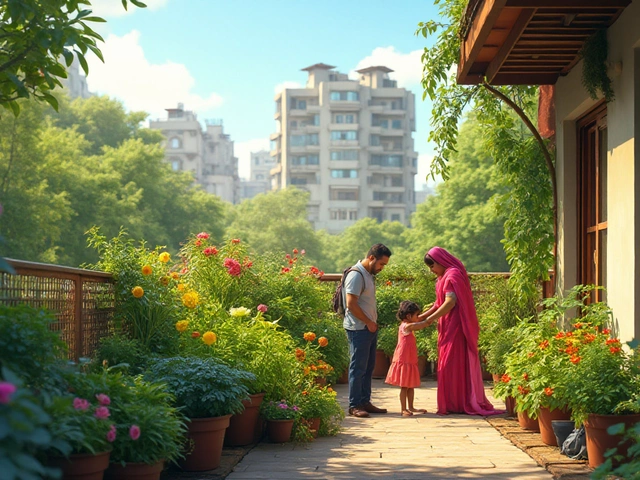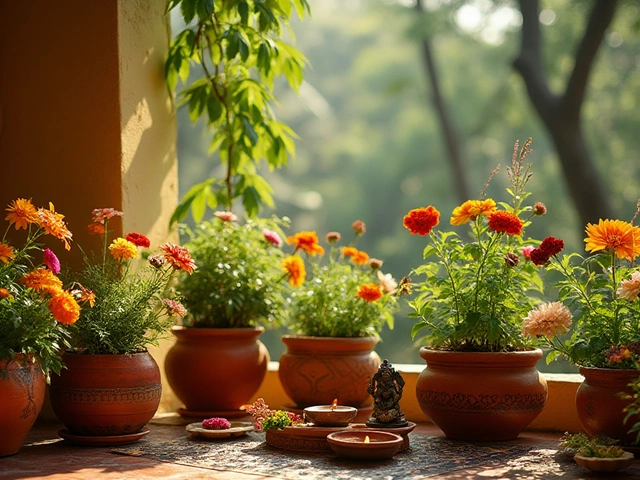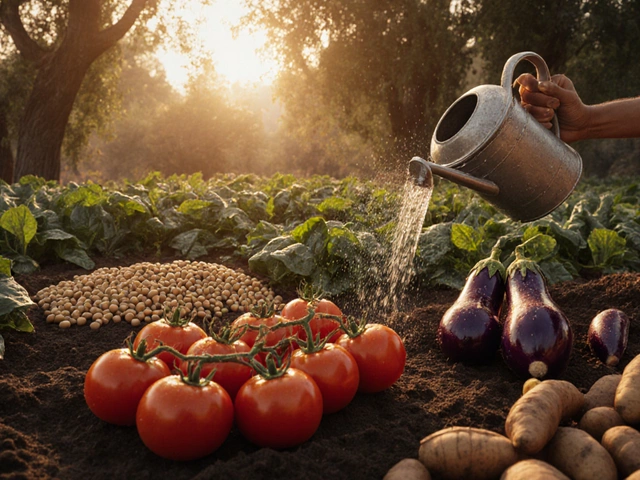Blooming Months in India – Your Quick Guide to Flower Seasons
India’s climate is a patchwork of zones, so flowers don’t all bloom at the same time. Knowing when each region hits its peak helps you plant, care, and enjoy a colorful garden all year. Below you’ll find the rough timeline for the biggest zones and a few practical tips to match your planting schedule.
North India: Spring and Autumn Highlights
In the north, winters are cool and dry, while spring (February‑April) brings a burst of colors. Tulips, daisies, and early‑blooming roses start showing up in February, and by March you’ll see marigolds, petunias, and begonias in full swing. After the scorching summer, the monsoon (June‑September) pushes many plants into a quiet phase, but October‑November flips the script. Chrysanthemums, dahlias, and lotus thrive in the post‑monsoon soil, offering a second wave of blooms before the cold sets in.
South India: Year‑Round Blooms
South India’s tropical climate means you can find flowers almost any month. The hot, humid months (April‑June) favor hibiscus, jasmine, and bougainvillea, while the monsoon (June‑September) encourages orchids and water lilies to flourish. Even the cooler months (December‑January) are good for roses and geraniums, especially in the higher elevations of the Western Ghats. This near‑continuous cycle lets gardeners plan staggered plantings for nonstop color.
East and West India follow similar patterns, but local micro‑climates matter. In the coastal plains of Kerala, for example, the northeast monsoon (October‑December) sparks a fresh wave of azaleas and plumeria. In the arid zones of Rajasthan, you’ll see desert roses and cactus‑type succulents bloom after the brief winter rains.
Here’s a quick cheat‑sheet you can copy into a notebook:
- Jan‑Feb: Cool‑season roses, pansies, and early tulips in north.
- Mar‑May: Marigolds, petunias, hibiscus, and jasmine take over.
- Jun‑Sep: Monsoon favors water‑loving plants – lotus, orchids, and tiffin‑leaf.
- Oct‑Nov: Chrysanthemums, dahlias, azaleas, and post‑monsoon roses.
- Dec: Light‑flowering geraniums, camellias, and evergreen hibiscus.
Timing isn’t the only factor. Pick varieties that love your local soil and rainfall. Native plants like Indian jasmine, bougainvillea, and the lucky marigold adapt easily and often bloom earlier than exotic imports.
Stagger planting to keep the garden alive throughout the year. Plant a batch of spring bloomers in February, add a summer set in May, and finish with autumn flowers in September. This approach spreads out the workload and ensures there’s always something in flower.
Water management also follows the bloom calendar. During dry months, drip irrigation or early‑morning watering conserves moisture and reduces fungal problems. When the monsoon arrives, focus on drainage – raised beds or sand‑mixed soil help prevent root rot.
Finally, keep an eye on pests. Some insects, like aphids, love the tender shoots of spring roses, while caterpillars favor the lush leaves of summer hibiscus. A quick neem spray or homemade garlic oil can keep them in check without harming beneficial insects.
By aligning your planting schedule with the natural blooming months, you’ll save time, water, and money while enjoying a garden that never looks dull. Use this guide as a starting point, experiment with a few new varieties, and watch your garden transform month after month.
Flower Blooming Seasons in India: Best Months for a Colorful Garden
Get the lowdown on the months when flowers bloom in India, how regional climates shape bloom times, popular flower picks, and tips for year-round floral beauty.
About
Flower Gardening
Latest Posts


Mastering the Art of Container Gardening: Essential Tips for Thriving Terrace Gardens
By Alden Thorne Feb 4, 2025

Why Do We Cry While Cutting Onions? Exploring the Science and Solutions
By Alden Thorne Feb 27, 2025

How to Waterproof Your Terrace Roof: Essential Tips
By Alden Thorne Apr 11, 2025

